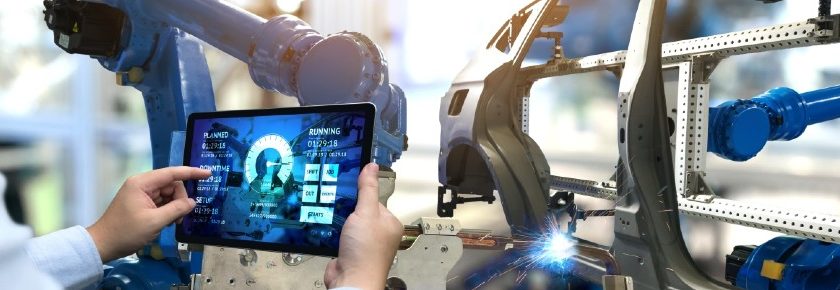A traditional factory must order a fixed number of resources at a set schedule, making it less responsive to changes in the market. These resources then follow a static manufacturing route through individually controlled systems that do not share information. This makes it more difficult to determine how a change in one system affects the rest of the process.
A smart factory digitizes its systems, making it easier to connect manufacturing equipment, inventory bins, and management tools. Analyzing big data allows patterns and trends to be spotted. The analysis can actively change production by instantly altering the number of resources that have to be ordered and when they must arrive. The Internet of Things (IoT) enables anyone to monitor the entire manufacturing process and to propagate changes from anywhere in the production chain from management to individual operators on the floor.
Bossard can streamline your production by transforming your facility into a smart factory. Our Smart Factory Logistics systems improve your supply chain performance by bringing you IoT technologies and easing IoT machine-to-machine communication. This results in leaner and more transparent processes that increase your competitive advantage.
Our systems optimize your B- and C-parts management with the SmartBin, a bin that constantly communicates its stock levels, and SmartLabel Cloud, which stores information such as order status and delivery date and can be placed on non-smart containers. Also available is SmartLocker, an intelligent storage unit that automates inventory control and access, making it a perfect IIoT solution for consumables and high-value items.
You can manage these systems using ARIMS, our interactive supply chain platform. Through it, you can manage your inventory interactively, track orders, and make use of intelligent data. It includes the following components:
- ARIMS Analytics lets you oversee all the pieces of your smart factory, including articles, locations, orders, and deliveries. You can visualize this data through graphs, tables, and reports.
- ARIMS Interactive encourages you to directly submit change requests.
- ARIMS Mobile puts all these functions on an Android or iOS device, so you have full control even when you’re on the factory floor.
Wondering how you can implement the Industrial Internet of Things (IIoT) in the manufacturing industry? Contact us today at ProvenProductivity@bossard.com to see how our Smart Factory Logistics systems can get you there.
NEXT UP
4 Inventory Management Strategies to Help Your Business Succeed







